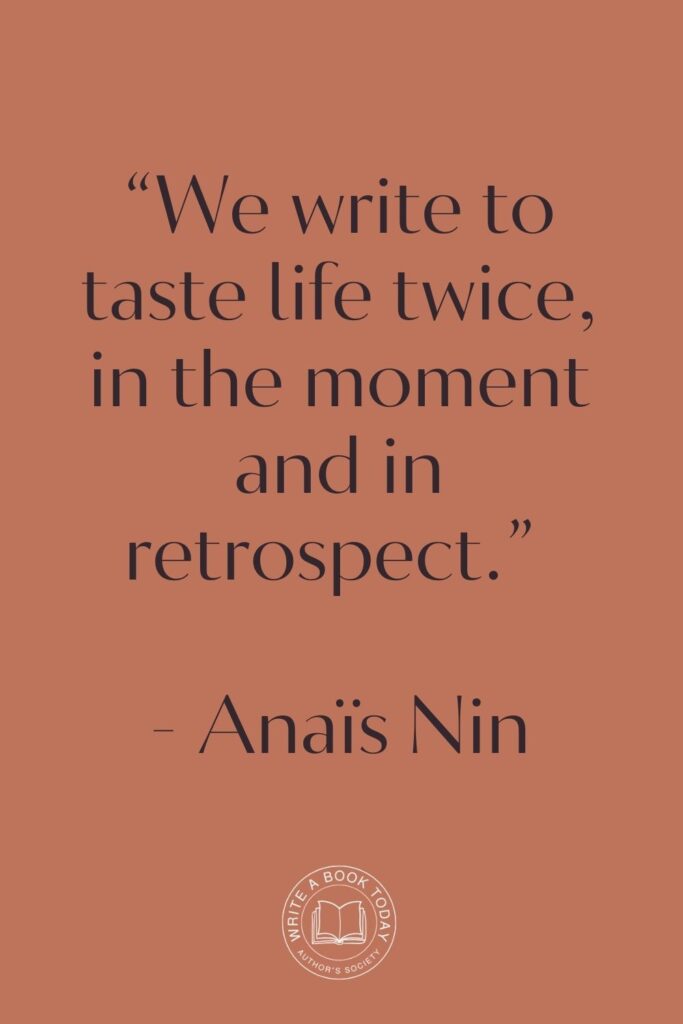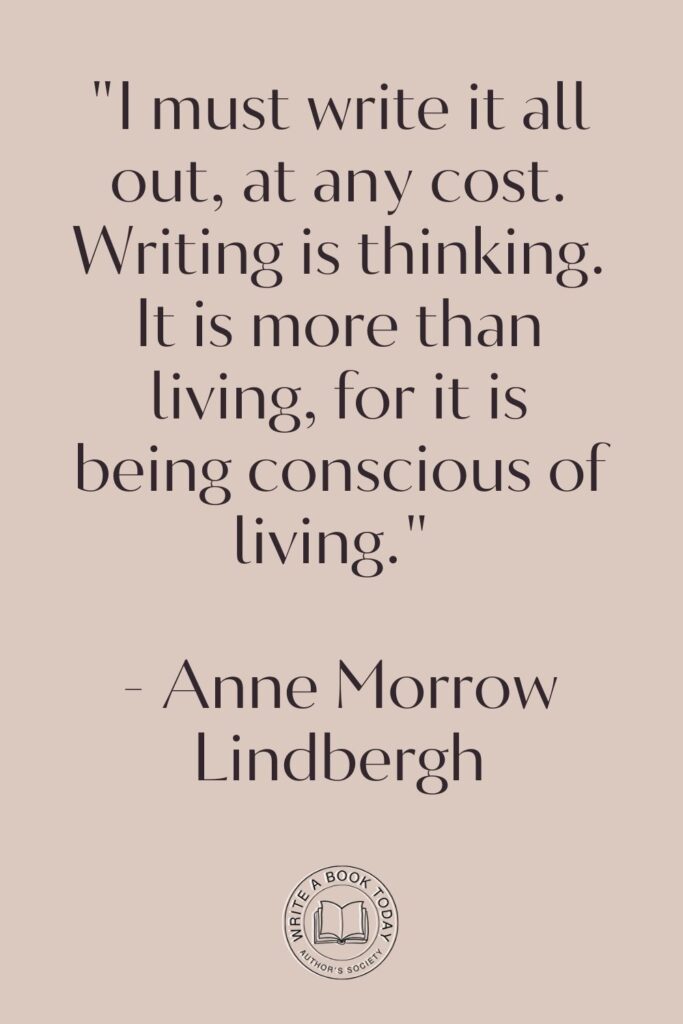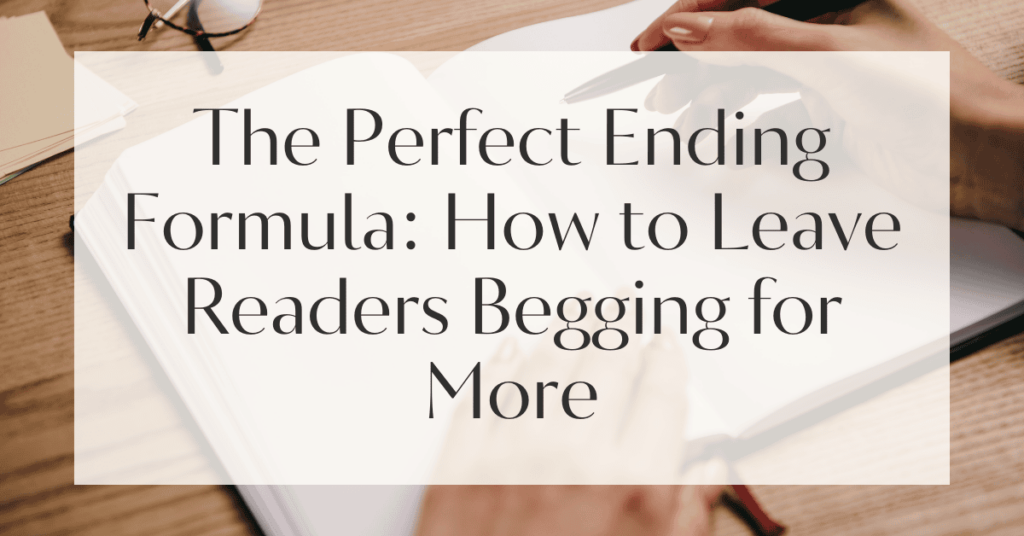Have you ever closed a book or finished a movie and found yourself craving more, eager to dive back into the story’s world?
Crafting such a memorable conclusion is no accident.
It’s a carefully orchestrated symphony of narrative techniques, reader psychology, and emotional resonance.
The Perfect Ending Formula is the secret ingredient that leaves readers begging for more.
But what exactly goes into this magical concoction?
Let’s embark on a journey to uncover the mysteries of storytelling success.
Understanding the Perfect Ending Formula
The allure of a perfect ending lies in its ability to resonate long after the last page is turned.
It’s an art that intertwines the intricate dance of character arcs, thematic closure, and the reader’s emotional journey.
The Perfect Ending Formula is not a one-size-fits-all solution; rather, it’s a flexible framework that adapts to the unique needs of each story.
What Makes an Ending Perfect?
At the heart of any great story lies its conclusion.
A perfect ending should be satisfying, resolving the central conflict while leaving the reader with a lingering sense of wonder.
It ties together loose threads, answers burning questions, and often provides a twist that reframes the entire narrative.
Consider classics like “The Great Gatsby” or “To Kill a Mockingbird,” where the endings elevate the stories to timeless masterpieces.
To craft a perfect ending, ensure it reflects the story’s core themes and character development.
A well-rounded conclusion resonates with readers by aligning with the journey they’ve taken alongside the characters.
The Role of Reader Psychology in Endings
Understanding reader psychology is pivotal in crafting an engaging conclusion.
Readers are naturally drawn to stories that evoke emotions and mirror their own experiences or desires.
A perfect ending taps into these psychological triggers, providing a cathartic release or a thought-provoking question that lingers in the mind.
By connecting emotionally with the audience, a story’s conclusion becomes more than just an ending; it becomes a shared experience.
Consider your audience’s expectations and emotions throughout the story.
Use the ending to challenge or affirm these feelings, creating a deeper connection with your readers.

Key Elements of a Memorable Ending
Just as a symphony relies on its crescendo, a story’s impact hinges on its conclusion.
Several elements contribute to a memorable ending, each playing a crucial role in leaving a lasting impression.
Resolution: Tying Up Loose Ends
A satisfying resolution is like the final piece of a puzzle; it completes the picture and brings clarity to the chaos.
It addresses the story’s main conflict and ensures that all subplots reach a logical conclusion.
This doesn’t mean every question needs answering—sometimes, a touch of mystery enhances the allure—but the primary narrative should feel complete.
Character Transformation: Growth and Change
Characters are the lifeblood of a story, and their evolution is a testament to the narrative’s journey.
A memorable ending often showcases significant character transformation, highlighting how they’ve grown or changed.
This transformation can be subtle or dramatic, but it should feel earned and reflective of the story’s themes.
Google Docs is for notes. Scrivener is for novels. Upgrade your writing game and try it for free today!

Creating Suspense and Surprise
Suspense and surprise are powerful tools in the storyteller’s arsenal. A twist ending can leave readers gasping, re-evaluating everything they’ve read.
The key is to foreshadow subtly throughout the story, planting seeds that bloom in the finale.
When done well, a surprise ending feels both inevitable and unexpected.
Emotional Resonance: Evoking Feelings
An emotionally resonant ending is one that touches the heart and stirs the soul.
It can be joyous, bittersweet, or even tragic, but it must elicit a genuine emotional response.
By tapping into universal emotions, the story becomes a shared human experience, leaving a lasting impact on the reader.
Use sensory details and vivid imagery to enhance the emotional depth of your story’s conclusion.
This will help create a more immersive and impactful experience for the reader.

Techniques for Crafting Engaging Conclusions
The techniques employed in crafting a conclusion can make the difference between a forgettable ending and an unforgettable one.
Here are some strategies to consider.
Foreshadowing and Callbacks
Foreshadowing is the art of hinting at future events, creating anticipation and intrigue.
Callbacks refer to revisiting earlier elements of the story, providing a sense of cohesion and completion.
Together, these techniques weave a narrative tapestry that feels rich and intentional.
Surprise Endings: Keeping Readers Guessing
A surprise ending can be a masterstroke, turning the story on its head and challenging the reader’s assumptions.
The key is to ensure that the surprise is logical and fits within the story’s framework.
It should add depth, not confusion, and leave readers with a sense of awe.
Open vs. Closed Endings: Finding the Balance
Open endings leave some questions unanswered, inviting readers to ponder possibilities and draw their own conclusions.
Closed endings provide clear resolution, offering closure and satisfaction.
The choice between the two depends on the story’s themes and the desired impact on the reader.
No marketing platform? No social following? No problem!
Publisher Rocket helps you market your debut novel like a pro.
It’s a gamechanger for debut authors – try it today!


Common Pitfalls to Avoid in Endings
Even the most gripping story can falter if the ending falls into common traps. Here’s what to avoid when crafting your conclusion.
Deus Ex Machina: The Easy Way Out
A deus ex machina is an unexpected plot device that resolves a seemingly unsolvable problem, often perceived as a lazy or unsatisfying conclusion.
Avoid relying on improbable solutions; instead, let the characters’ actions drive the resolution.
Rushed Resolutions: Taking Your Time
A rushed ending can leave readers feeling shortchanged.
Take the time to build towards the conclusion, allowing tension to mount and resolutions to unfold naturally.
This ensures a satisfying payoff that rewards the reader’s investment in the story.

Unrealistic Endings: Staying True to the Narrative
Consistency is key in storytelling. An ending that contradicts the established narrative or character development can feel jarring and unearned.
Ensure that the conclusion aligns with the story’s internal logic and themes.
Inspiration from Master Storytellers
Great storytellers have mastered the art of the perfect ending, leaving a legacy of memorable conclusions.
Let’s draw inspiration from their techniques and examples.
Lessons from Literary Classics
Classic literature offers a treasure trove of storytelling wisdom.
From the poignant closure of “Pride and Prejudice” to the haunting ambiguity of “1984,” these works demonstrate the power of a well-crafted ending.
By studying these masters, we can learn how to balance resolution with thematic depth.
Modern Examples of Effective Endings
Contemporary authors continue to innovate, crafting endings that resonate with today’s readers.
Works like “Gone Girl” and “The Road” showcase the impact of suspenseful, emotionally charged conclusions.
These stories remind us of the enduring power of the Perfect Ending Formula.
Final Thoughts on the Perfect Ending Formula
As we conclude our exploration of the Perfect Ending Formula, it’s clear that crafting a memorable conclusion is both an art and a science.
By understanding the elements that contribute to a great ending, we can create stories that linger in the minds of readers, leaving them eager for more.
Feeling lost with your debut novel?
Fiverr Pro connects you with expert editors, designers, and marketers – everything you need to get your book ready for success!

Encouraging Reader Engagement and Discussion
Invite your readers to engage with your story by posing questions or leaving room for interpretation.
This not only enriches their experience but also fosters a sense of community and shared exploration.
Reflecting on Your Own Writing Journey
Every writer’s journey is unique, and each story is an opportunity to refine your craft.
Embrace the challenge of crafting the perfect ending, and let your passion for storytelling guide you to new heights of creativity and expression.
Remember that writing is a continuous learning process.
Reflect on feedback and experiences to hone your skills and create even more compelling narratives in the future.








